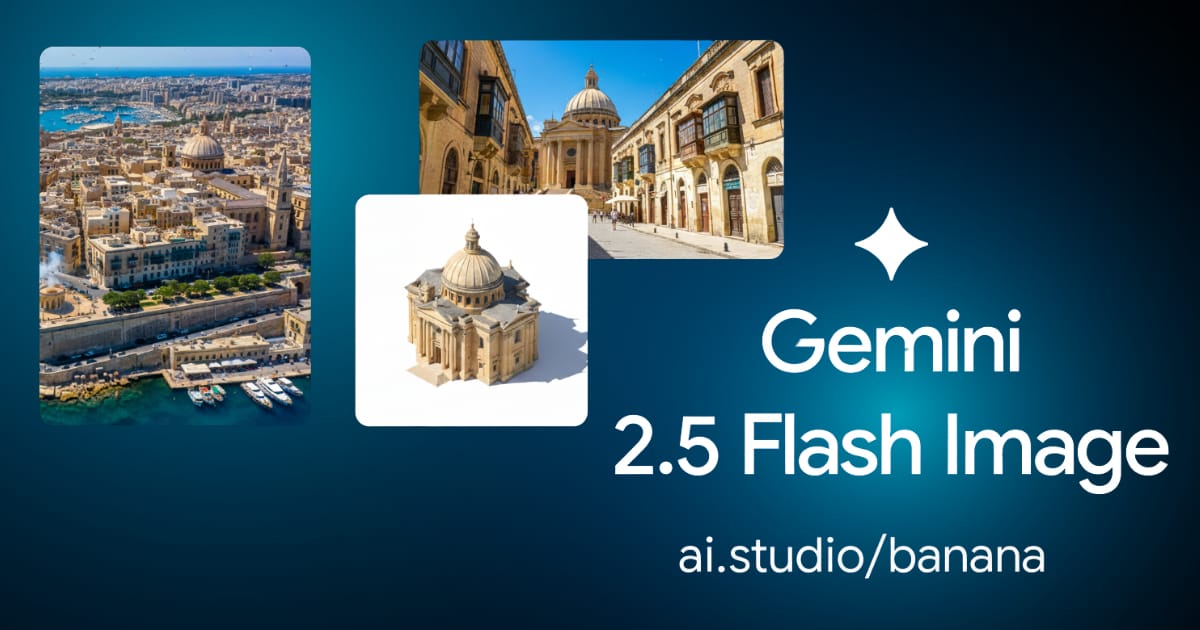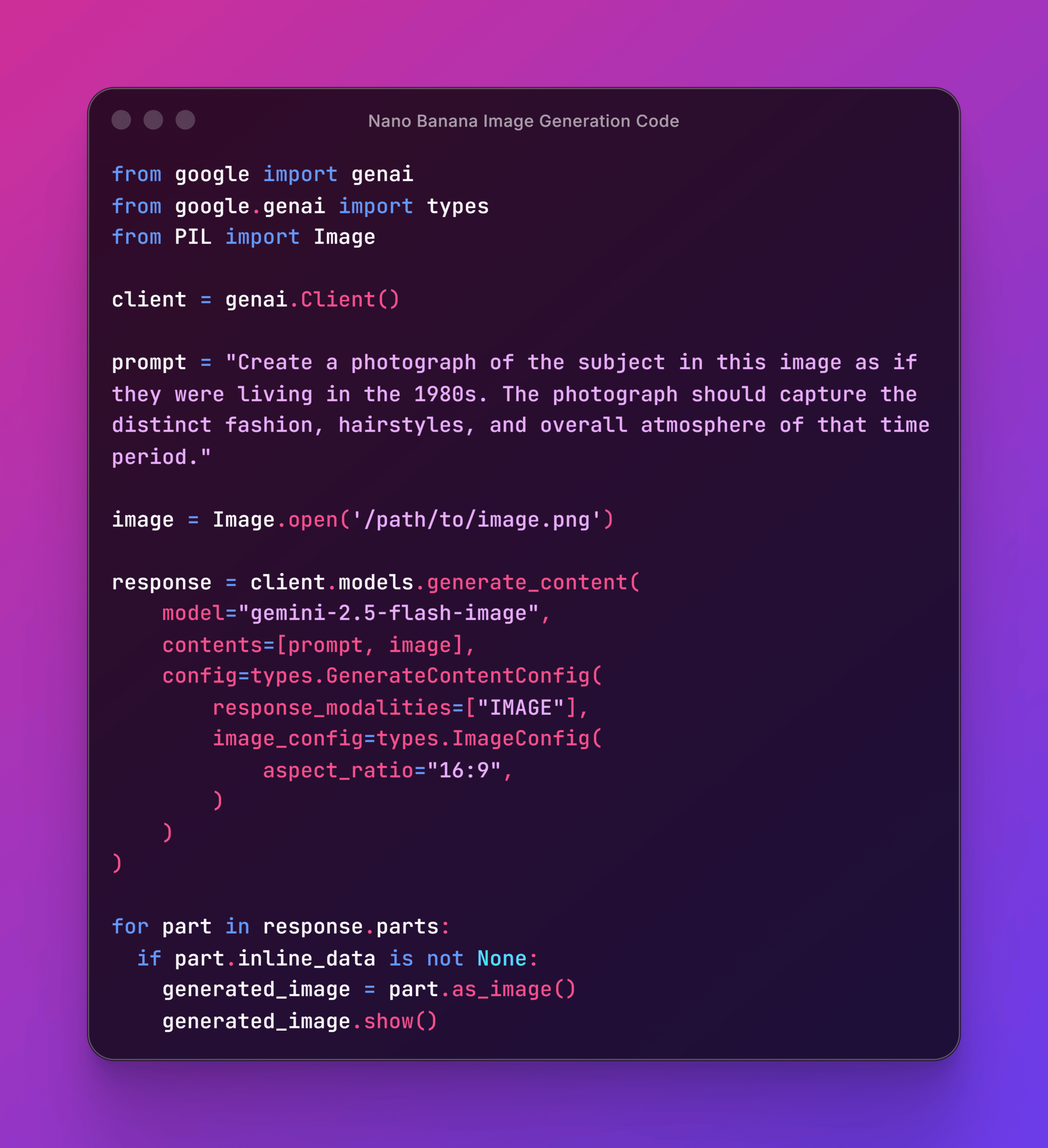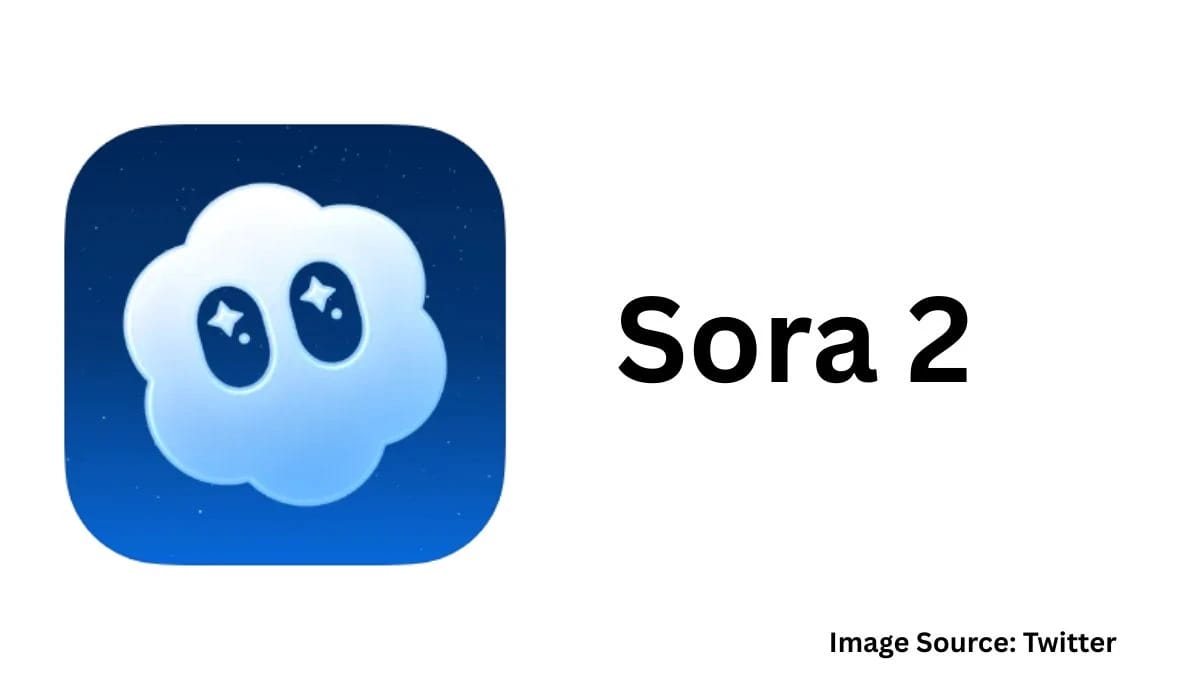- Anybody Can AI
- Posts
- Gemini 2.5 Flash Image Model Ready For Production
Gemini 2.5 Flash Image Model Ready For Production
PLUS: OpenAI Reverses Course on Sora’s Copyright Policy

Google Makes Flash Image Model Production-Ready

Google has announced the release of Gemini 2.5 Flash Image (aka “Nano Banana”), now ready for production use. This upgrade brings new levels of control over image generation and editing, and adds support for multiple aspect ratios to better suit creators’ needs.
Key Points:
Flexible aspect ratios & layout support - Gemini 2.5 Flash Image supports ten different aspect ratios (landscape, square, portrait, plus flexible 5:4 & 4:5) to better align with formats used in design, social media, or print.
Advanced editing, fusion & consistency
You can fuse multiple input images into one coherent output.
It maintains character/object consistency across edits (so the same subject looks like itself in multiple scenes).
Local edits via natural language (e.g. blur background, remove a stain, change pose) are supported.
Accessible via API, with watermarking & pricing - Gemini 2.5 Flash Image is available through the Gemini API, Google AI Studio, and Vertex AI. Each generated image is embedded with a SynthID watermark (invisible) to mark it as AI-generated.
Conclusion
This is a major step for Google’s image AI capabilities: the move from experimental to production signals confidence, and the enhancements in flexibility, consistency, and control make Gemini 2.5 Flash Image a serious contender in the generative image space. For creators, designers, and developers alike, it lowers friction to build and iterate visual content at scale.
You delete you ChatGPT account as well if you choose to delete Sora account
Just found out if you try to delete your Sora app account you will lose your chatgpt account and be banned forever from signing up again.
— Paul Yacoubian (@PaulYacoubian)
2:57 PM • Oct 1, 2025
OpenAI Reverses Course on Sora’s Copyright Policy

OpenAI is quietly changing its approach to its new video generation app, Sora 2, after a wave of criticism over how it handles copyrighted characters. What looked like a bold, permissive “opt-out” strategy is being softened with more control for rights holders.
Key Points:
From opt-out to “granular control” - OpenAI initially allowed copyrighted content by default unless rights holders opted out. Now it’s shifting toward providing more fine-grained control to IP owners over how their characters may appear.
Revenue sharing & permissions under discussion - The company is exploring a model to financially compensate rights holders whose characters are used in Sora creations — though details are still uncertain and may evolve through experimentation.
Pushback, ethics & legal risk mounting - Creators, studios, and legal experts have raised concerns about misuse, deepfakes, and the opacity of Sora’s training data. This pressure is forcing OpenAI to re-evaluate its earlier permissive posture.
Conclusion
OpenAI’s pivot suggests a realization that unmoderated generative media can’t ignore IP, ethics or trust. Sora’s future will likely be defined by how well OpenAI balances creative freedom with rights protection — and whether its adjustments are viewed as enough by the creative community.
Thankyou for reading.